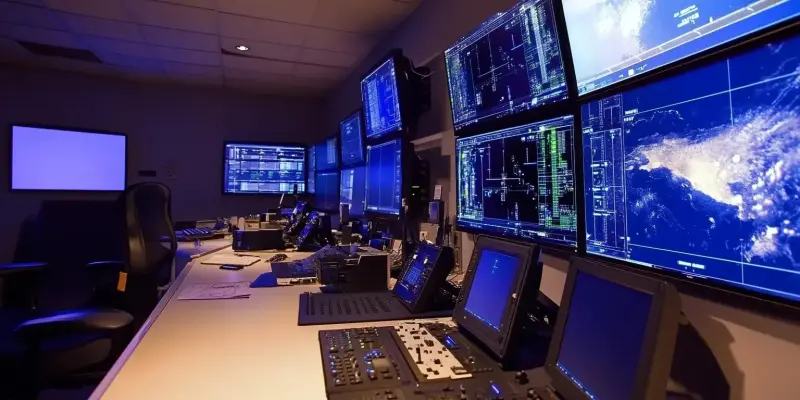In a significant advancement for European space endeavors, Luxembourg-based data center operator LuxConnect will host a control center for the European Union’s upcoming IRIS² satellite constellation. This strategic development will be situated at LuxConnect’s Bettembourg facility, specifically housed within the DC1.3 phase two structure. The IRIS² initiative, which stands for Infrastructure for Resilience, Interconnectivity, and Security by Satellite, is being spearheaded by the European Union in collaboration with the European Space Agency (ESA). This endeavor aims to establish a robust 290-satellite fleet intended to operate in both Low Earth Orbit (LEO) and Medium Earth Orbit (MEO). The launch for IRIS² is slated for around 2029 and is being developed by the SpaceRise consortium, an alliance that includes prominent organizations such as SES, Eutelsat, and Hispasat.
Funding and Support
The ambitious IRIS² project comes with a substantial €10.6 billion budget, which is being financed through a combination of public and private funds. Of this total, €6.5 billion stems from public sources, which includes a significant €550 million from ESA’s Partnership Projects program. The remaining funds, slightly exceeding €4 billion, will be contributed by the SpaceRise consortium that comprises SES, Eutelsat, and Hispasat. Additionally, the Luxembourg government has pledged its support for the IRIS² project by providing co-financing alongside the European Commission. Luxemburg’s commitment is further demonstrated by offering a two-hectare site specifically designated for the necessary antenna infrastructure. This collaborative financial backing underscores the critical importance and high stakes associated with the satellites that will strengthen Europe’s Internet connectivity and security.
LuxConnect’s Role and Capabilities
LuxConnect, a state-owned data center operator, has campuses in Bissen and Bettembourg. The DC1.3 phase two structure is notable for its two 10MW feeds within a 23,500 sqm building. The first phase of DC1.3 launched in 2015, following DC1.1 at the same site in 2009. LuxConnect’s high-security and high-connectivity infrastructure expertise contributed significantly to its selection for the IRIS² project. The company’s unmatched skills make it an ideal candidate for managing large, sustainable satellite infrastructure. LuxConnect will host one of the control centers, with other operations spread across Telespazio’s Fucino space center in Italy and another site in Toulouse, France. This strategic distribution enhances coordination and integrates diverse expertise across Europe.
LuxConnect’s role in the IRIS² project underscores its established experience, reinforcing its position in European space advancements. Broader trends in the satellite industry reflect increased international cooperation, with developments like Rivada Space Networks’ memorandum of understanding to offer satellite connectivity to Vodafone Cook Islands and Loft Orbital raising $170 million for manufacturing growth, signaling substantial growth and investment in satellite technologies.

